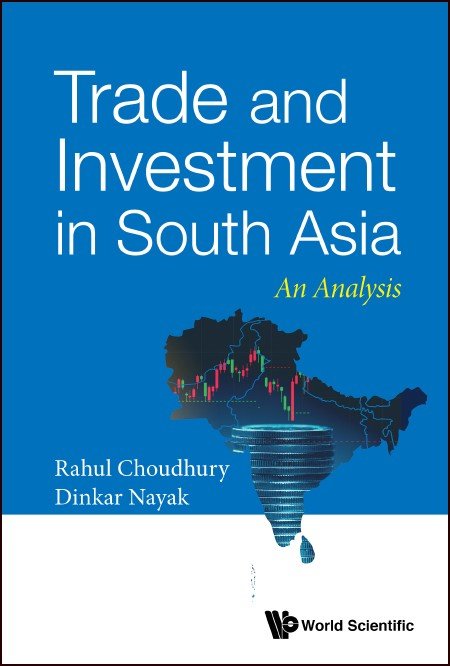System Upgrade on Tue, May 28th, 2024 at 2am (EDT)
Existing users will be able to log into the site and access content. However, E-commerce and registration of new users may not be available for up to 12 hours.For online purchase, please visit us again. Contact us at customercare@wspc.com for any enquiries.
Foreign Direct Investment (FDI) flows started gaining traction in South Asia from the late 20th century onwards, when nations from the South Asian Association for Regional Cooperation (SAARC) began moving away from highly controlled regimes and adopting liberal and open economic policies.
In the context of surplus labour and capital scarcity faced by South Asian countries such as India, Pakistan, Bangladesh and Sri Lanka, to varying degrees, the economic reform process has provided an opportunity to actively promote inward FDI flows, with the goal of providing the much-needed capital for the growth of this region. Several policy initiatives were undertaken to attract FDI and incentives were announced to fascinate investors, resulting in the inflow of FDI across the region.
This book examines FDI inflows in SAARC nations in the light of regional policy changes in the 21st century. It investigates the relationship between trade and FDI in the region, and also provides insights into the ease of doing business in the SAARC region.
Sample Chapter(s)
Foreword
Chapter 1: Introduction
Contents:
- Foreword
- List of Abbreviations
- Acknowledgments
- Introduction
- Ease and Difficulty of Doing Business in South Asia
- Impact of FDI on the Host and Home Country
- Trends of Trade and Investment in SAARC Countries
- Relationship between Trade and Investment in the SAARC Region
- Causal Relation between Trade and Investment in the SAARC Region
- A SUR Analysis of Investment and Institutional Variables
- Summary and Conclusion
Readership: Undergraduate and graduate students of South Asian economies, trade flows and investment, and South Asian policy studies.























